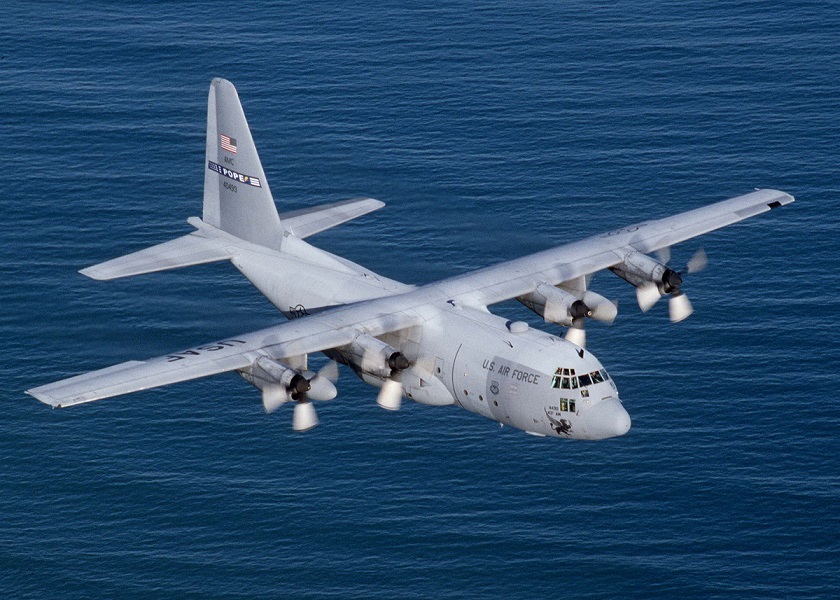
This post is also available in:
 עברית (Hebrew)
עברית (Hebrew)
Aerial systems can perform large scale evacuation in cases where rescuing many patients and survivors and swiftly bringing them to medical installations is required. The US Air Mobility Command (AMC) is evaluating how the massive C-5M Super Galaxy airlifter could carry more than 100 patients out of harm’s way — possibly doubling the Air Force’s current medevac capacity for a single aircraft. AMC currently flies C-130s, C-17s, and KC-135s for aeromedical evacuation missions. The C-17 can hold the most patients at once, accommodating 60 people on stretchers.
Bringing in the C-5 would allow the Air Force to evacuate an entire hospital or an equivalent number of patients if needed.
With the fleet upgraded to the C-5M Super Galaxy configuration, the aircraft now has modern avionics and engines that provide enough electricity to power the critical care teams that work on patients. The C-5 can fly into an emergency response situation with equipment such as water purifiers, blankets, shelters, and stretcher, or litter, systems.
Now other platforms like the C-130 would continue serving as flying ambulances with smaller capacity, while the C-5 could lift the heaviest load.
Hurricane and other storms are examples of instances in which a C-5 could whisk a hospital-size load of patients out of harm’s way or to places that can offer better care.
AMC began the official process of evaluating the C-5 in December 2018 with a proof of concept flight at Travis AFB, Calif., that involved aeromedical teams from across the Air Force. Another test flight took place in March at Scott AFB, Ill.
This month, a C-5 is practicing the aeromedical evacuation mission as part of AMC’s ongoing Mobility Guardian exercise, during which AMC aircraft, representatives from other services, and 30 international partners participate in a simulation in which adversaries threaten both aircraft and bases. The command hopes to learn how to be more agile in an era where advanced enemies can stymie USAF operations at all levels.
The exercise gives crews the chance to develop guidelines for how it would perform the mission as the idea makes its way to final certifications.
Once certified, US Transportation Command will be able to task a C-5 with aeromedical evacuation work when needed, according to airforcemag.com.

























